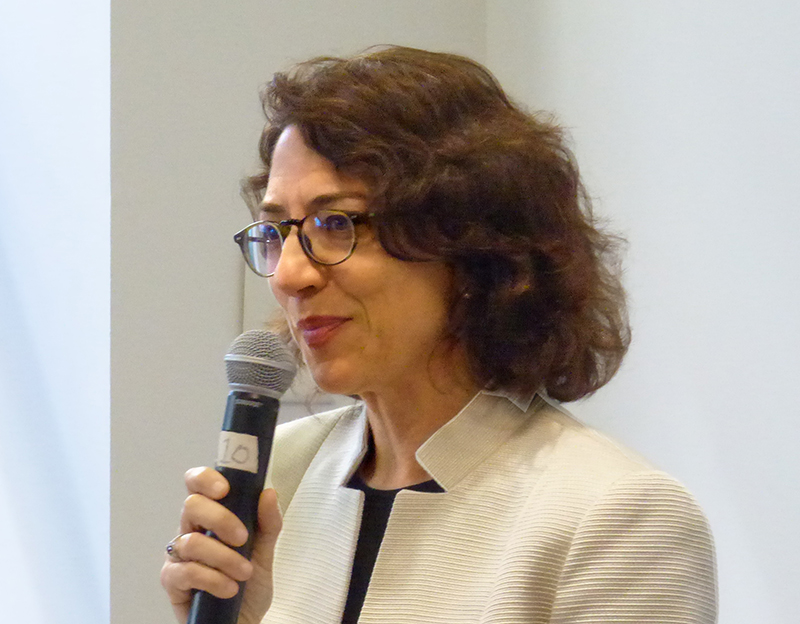DOT’s Trottenberg calls for NYC to ‘think big’ about transportation
Comments at Brooklyn Chamber of Commerce’s Newsmakers event

NYC Department of Transportation (DOT) Commissioner Polly Trottenberg said the city has to “think bigger” about mass transit. She made the remark during her keynote address on Thursday at the Brooklyn Chamber of Commerce’s Newsmakers event.
Trottenberg said officials should consider the establishment of a system like California’s, where counties are allowed to pass their own sales taxes and use those to fund transportation.
“L.A. is building five different lines,” she said. “They’re going crazy with big, new investments in mass transit. A lot of us think that that’s what we need to be thinking about here.”

Brooklyn Boro
View MoreNew York City’s most populous borough, Brooklyn, is home to nearly 2.6 million residents. If Brooklyn were an independent city it would be the fourth largest city in the United States. While Brooklyn has become the epitome of ‘cool and hip’ in recent years, for those that were born here, raised families here and improved communities over the years, Brooklyn has never been ‘uncool’.